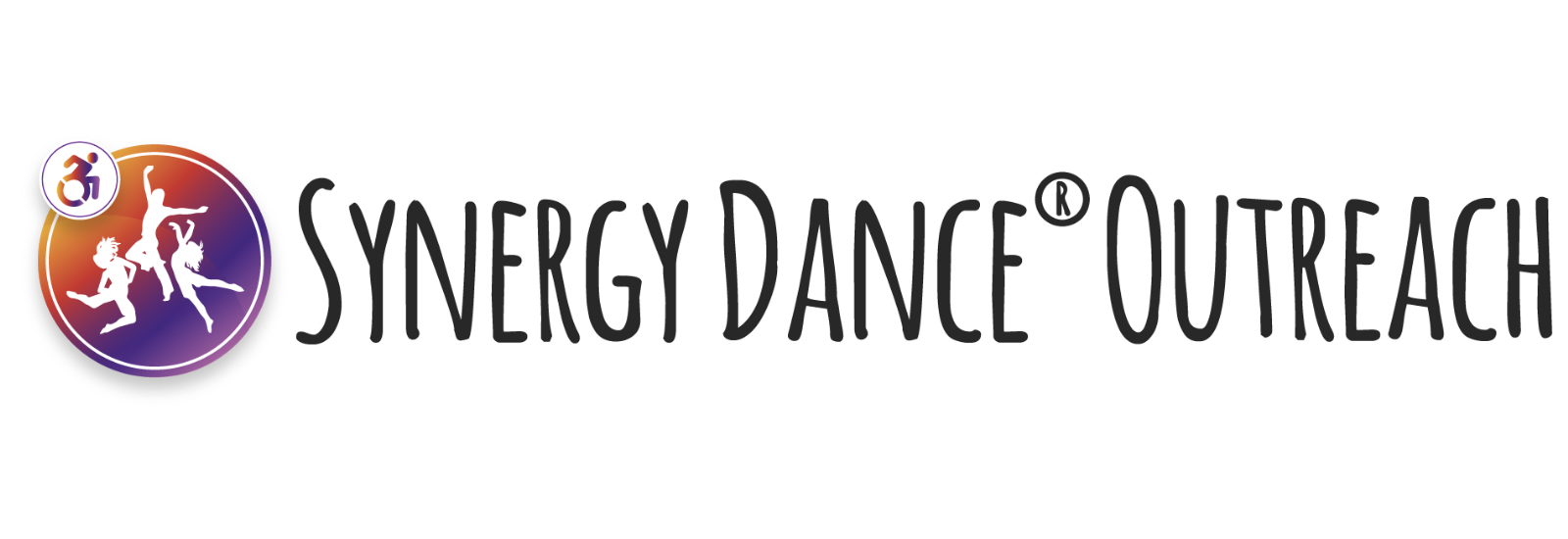
There is no doubt that dance has many benefits for children or all ages, such as improved coordination, stamina fitness and so forth. But did you know about the benefits of dance for children with ADHD?
Continue reading to find out more about how dance could help your ADHD child or teenager.
Typically, Attention Deficit Hyperactivity Disorder (ADHD) is associated with difficulties of focus and attention. It is usually diagnosed between four and six years. Symptoms may peak at seven or eight years and then recede, although it often lasts into adulthood.
Difficulties of ADHD
Children with ADHD have neurodiverse needs. They may display some or all of the following symptoms:
- Difficulty paying attention to detail.
- Problems remembering combinations of movements.
- Making careless mistakes in schoolwork
- Struggle to stay focused on tasks or in play.
- Trouble completing tasks, projects, and chores.
- Try to avoid tasks which do not hold their attention.
- Easily distracted.
- Forget to complete simple daily tasks.
- Seem to be constantly moving.
- Fidget frequently.
- Talk a lot or blurt out answers.
- Seem to act before thinking.
In dance classes, children with ADHD can have a hard time standing still, plus finding movement skills, coordination and learning more of a challenge. They may also be perfectionists who are hard on themselves. The need to control anxiety may appear in what mental health professionals call ‘stimming’ or self-stimulating repetitive behaviour.
How dance can help
Dance is beneficial as it improves confidence, aids in motor coordination, and helps with memory and confidence building. Studies have found that focusing on movements acts as an anchor for the mind and brain of those with ADHD.
Exercise also boosts dopamine, the brain chemical that people with ADHD are thought to have less of. Adding dance, including ballet, to the programme for children with ADHD can help with dopamine neurotransmission in the brain and alleviate cognitive difficulties.
Children with ADHD are mentally challenged, but the way their brains work might actually bestow some advantages in dance lessons. For example, children with ADHD may easily be able to attain a hyper-focused ‘flow state’, especially if they are deeply engrossed in a task or activity. They may also understand choreography as a whole, rather than as a series of separate movements. One study found that ballet dancers are more likely to display ADHD traits than the rest of the population.
Dance Movement Therapy (DMT) fosters social interactions and the sharing of feelings as well as teaching self-control. The more a child focuses on dance and movement, the more their overall focus in the rest of life can improve. Meanwhile, mindfulness meditation can help children with ADHD to feel grounded, and listening to music calms the mind and acts as a form of self-medication.
Synergy dance programmes for ADHD
The Special Educational Needs and Disabilities (SEND) community includes children with ADHD, who are often marginalised and miss out on opportunities to engage in dance and movement. We wholly support this group and deliver inclusive dance and yoga for SEND children, teens, adults and seniors.
All children, regardless of whether they are able bodied, disabled or unable to cope in a mainstream environment, deserve the opportunity to participate in dance and movement and sport. Our SEND classes can be exciting and liberating for challenged children and adults with ADHD.
Our SEND instructors are highly trained to provide an all-inclusive dance and fitness programme. Seeing children with ADHD interacting in a safe environment and being able to take part in something they might not otherwise be able to do is our goal.
To these children being able to take part is just as thrilling as winning a race! We take care to cater to the individual needs of children with ADHD in our classes, and our parties allow participants to choose the music and dance styles from a variety of themes. All of these exciting offerings make our programme a fabulous resource for children with ADHD.
Find out more about Synergy Dance Outreach


